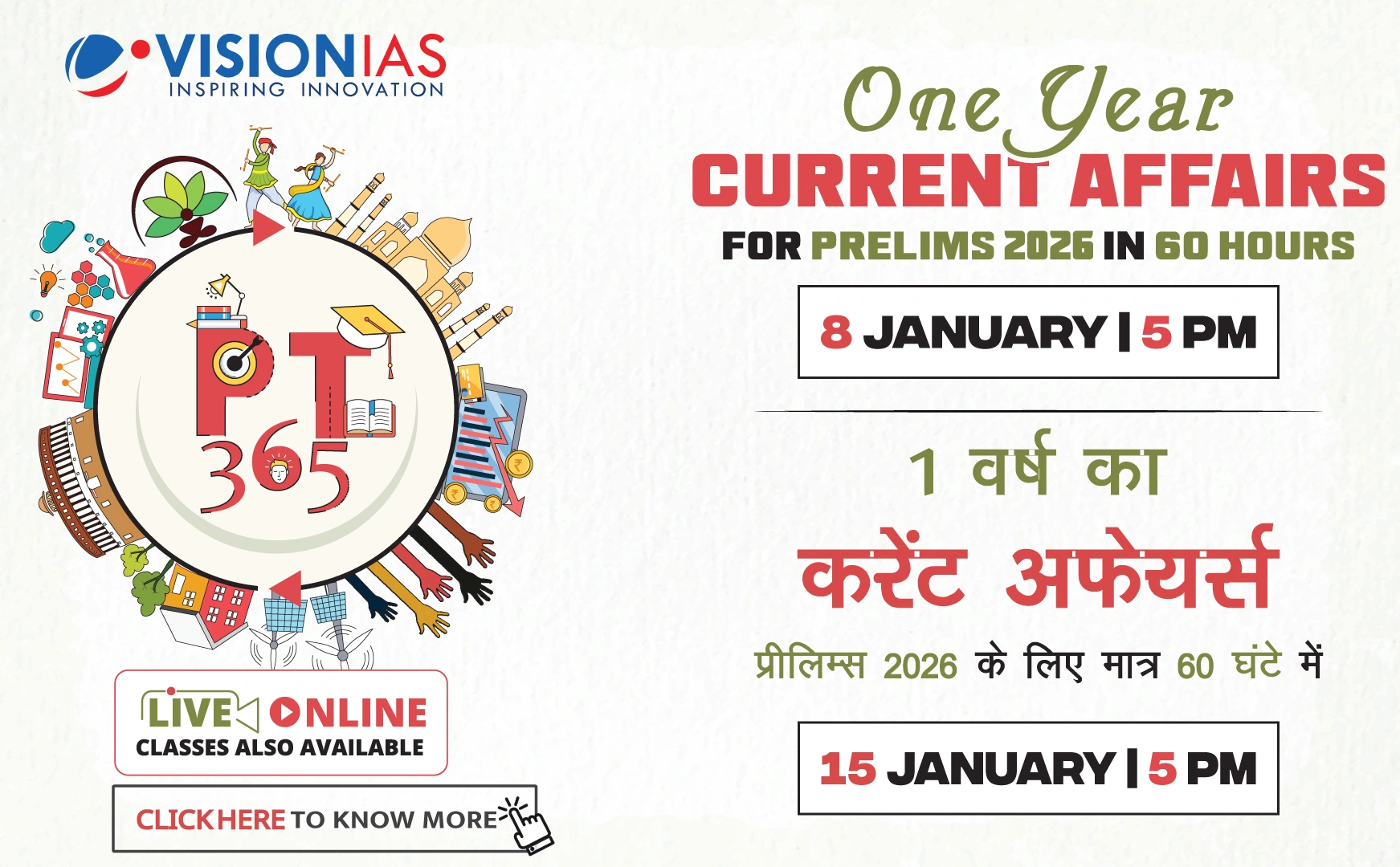Overview of India's Services Sector Employment
A Niti Aayog report titled ‘India’s Services Sector: Insights from Employment Trends and State-Level Dynamics’ highlights the state of employment in India's services sector, noting both its growth and persistent challenges.
Key Challenges
- Uneven employment generation across sub-sectors.
- Widespread informality in jobs.
- Lagging job quality compared to output growth.
- Significant gender gaps, rural–urban divides, and regional disparities.
Comparative Growth
The services sector's share in employment grew from 22.1% in 1992 to 31.0% in 2022, which is below the global average according to World Bank data.
Sector-wise Employment in 2023-24
- Agriculture: Largest employing sector with 292 million workers.
- Services: Second-largest employer with 188 million workers.
- Industry: Engages 153 million workers.
Employment Trends (2017-18 to 2023-24)
- The services share in rural employment decreased from 19.9% to 18.9%.
- In urban areas, the services share increased from 59.1% to 60.8%.
- Male participation in services rose from 32.8% to 34.9%.
- Female participation in services declined from 25.2% to 20.1%.
- Agriculture became increasingly female-dominated, with a rise from 57.0% to 64.4% in women's share.
Gender Disparities
- In urban areas, 61% of men and 60% of women are employed in services.
- Rural women only make up 10.5% of the services workforce.
- Rural men have a greater representation at 24%.
Employment Types in Services
- Over half of service workers (96 million) are in regular wage or salaried roles.
- 85 million workers (45%) are self-employed, typically as small shopkeepers, drivers, or own-account providers.
Age-related Employment Trends
- The youth cohort (15-29 years) is underrepresented in regular wage work.
- Barriers include insufficient skilling and weak school-to-work transitions.
- Older workers (45+) see a sharp decline in regular wage jobs beyond age 65.
- Only a small fraction remains in self-employment at older ages.



